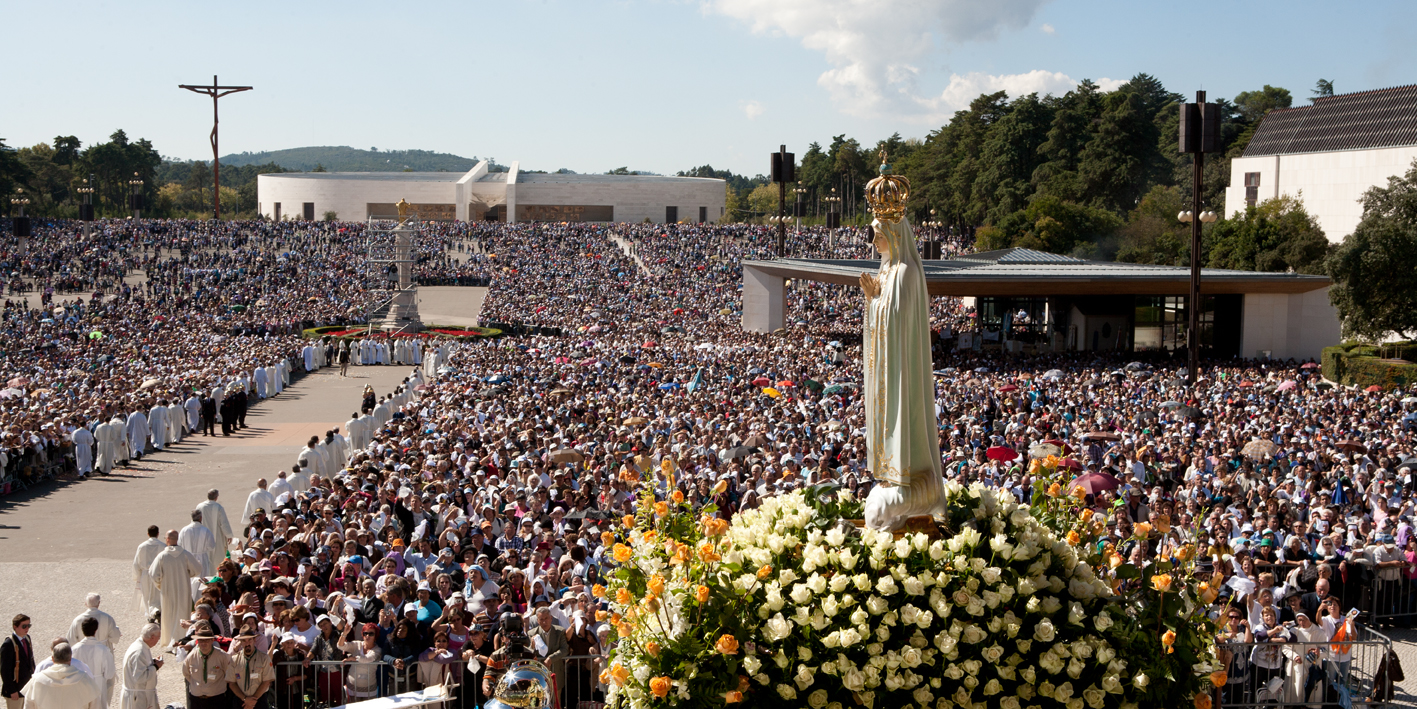St. Teresa of the 19th century. Certainly there are points of resemblance between these two
“great women”; however there are perhaps more points on which they differ.
Though she descends from a noble House, Magdalene does not associate herself with high-ranking
people. Rather, she lived with simple women and chose to conceal herself in utmost simplicity and
obscurity. Her numerous letters, that are not easy to read, reveal her ability to cope with everyday realities.
Magdalene used to dictate her letters to her secretaries who cerrtainly did not have a flair for writing. But
also when she herself was writing, her prose does not flow smoothly. Her compositions disclose her
attention to the most minute things but they are not outstanding for literary elegance; they do not reveal
the magnitude and freedom of spirit found in the writings of St. Teresa. Their mystical experiences seem to
differ too. The Cross does not hold the central place in Teresa’s experience as with Magdalene. The great
Spanish mystic is drawn to the Risen Christ rather than to Christ Crucified.
In the initial phase of her spiritual journey, Magdalene receives considerable help from her Director
but later on it appears that she made it on her own: “Torcular calcavi solus”.
Except for Countess Durini, it does not seem that she had other friends. Elisabeth Mezzaroli was
one of her first companions who also had extraordinary gifts but was more of a daughter than a friend. The
Directors who came after Don Libera perhaps did not play as important a role in her life as those who
directed the spiritual life of St. Teresa.
Even if Magdalene’s Directors had commanded her to write the Memoirs it does not seem as
though serious consideration had been given to them. In fact, the Memoirs had remained practically
unknown for many years even to Sisters of the Institute and it cannot be said that to date, there has been a
serious or systematic study of them. This happens to be the first study by one of her daughters. She expects
others to follow up the study of this difficult but most significant text, because it will reveal the spirit which
must animate the Institute.
The text will not only clearly disclose the spiritual journey of a great soul but perhaps it is one of the
most important writings in the history of Christian spirituality of the l9th century.
Therefore it is of interest to those who want to know more about Magdalene of Canossa. It is of
interest to her Daughters and her Sons who should know her, so as to merit their name. It is of interest to
all the scholars of spirituality.
In the hope that this first study will receive the wide acclaim that it deserves, we trust that the
Commentator’s familiarity with the writings of her Mother Foundress will encourage her in her aspiration
to be a worthy daughter.
Fr. DIVO BARSOTTI
Florence, February 2, 1988 read...

- E senti o espírito
 inundado por um mistério de luz que é Deus e N´Ele vi e ouvi -A ponta da lança como chama que se desprende, toca o eixo da terra, – Ela estremece: montanhas, cidades, vilas e aldeias com os seus moradores são sepultados. - O mar, os rios e as nuvens saem dos seus limites, transbordam, inundam e arrastam consigo num redemoinho, moradias e gente em número que não se pode contar , é a purificação do mundo pelo pecado em que se mergulha. - O ódio, a ambição provocam a guerra destruidora! - Depois senti no palpitar acelerado do coração e no meu espírito o eco duma voz suave que dizia: – No tempo, uma só Fé, um só Batismo, uma só Igreja, Santa, Católica, Apostólica: - Na eternidade, o Céu! (escreve a irmã Lúcia a 3 de janeiro de 1944, em "O Meu Caminho," I, p. 158 – 160 – Carmelo de Coimbra)
inundado por um mistério de luz que é Deus e N´Ele vi e ouvi -A ponta da lança como chama que se desprende, toca o eixo da terra, – Ela estremece: montanhas, cidades, vilas e aldeias com os seus moradores são sepultados. - O mar, os rios e as nuvens saem dos seus limites, transbordam, inundam e arrastam consigo num redemoinho, moradias e gente em número que não se pode contar , é a purificação do mundo pelo pecado em que se mergulha. - O ódio, a ambição provocam a guerra destruidora! - Depois senti no palpitar acelerado do coração e no meu espírito o eco duma voz suave que dizia: – No tempo, uma só Fé, um só Batismo, uma só Igreja, Santa, Católica, Apostólica: - Na eternidade, o Céu! (escreve a irmã Lúcia a 3 de janeiro de 1944, em "O Meu Caminho," I, p. 158 – 160 – Carmelo de Coimbra)